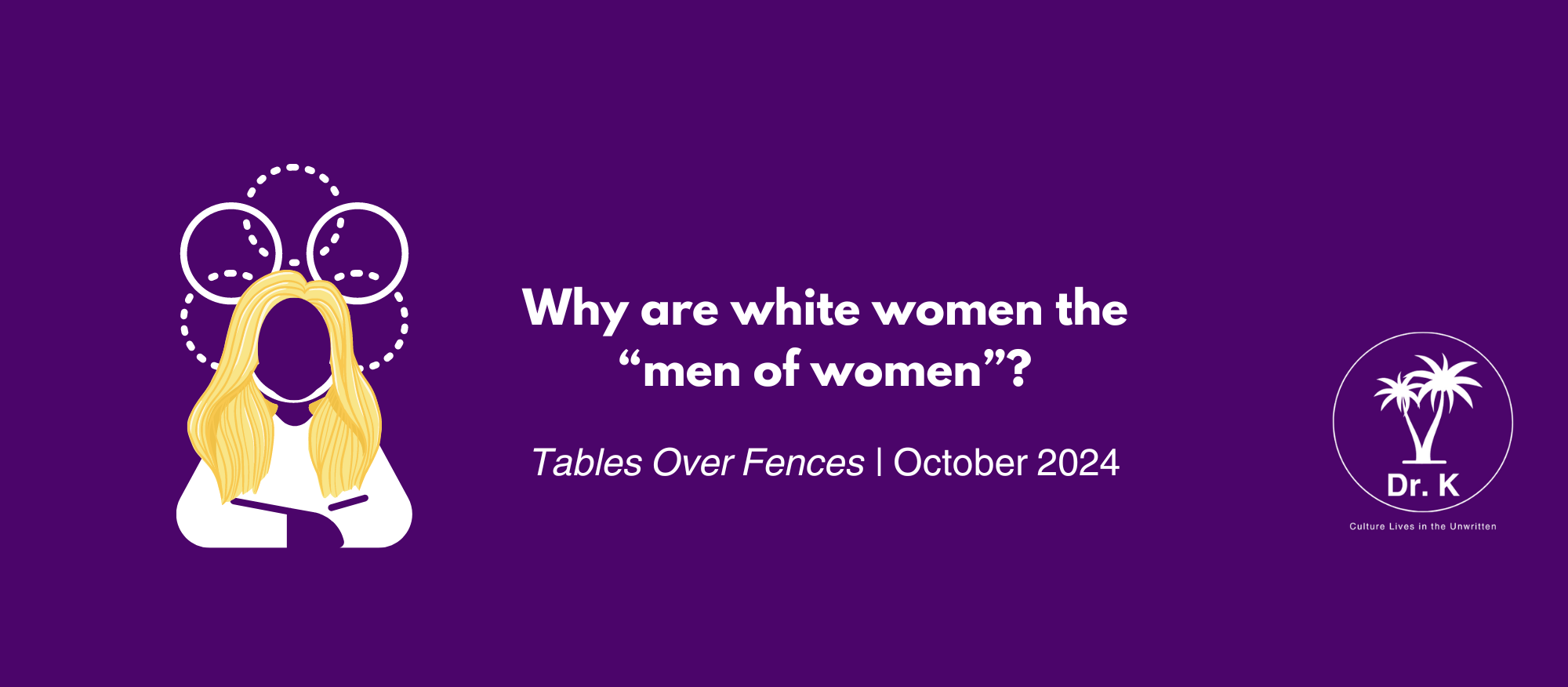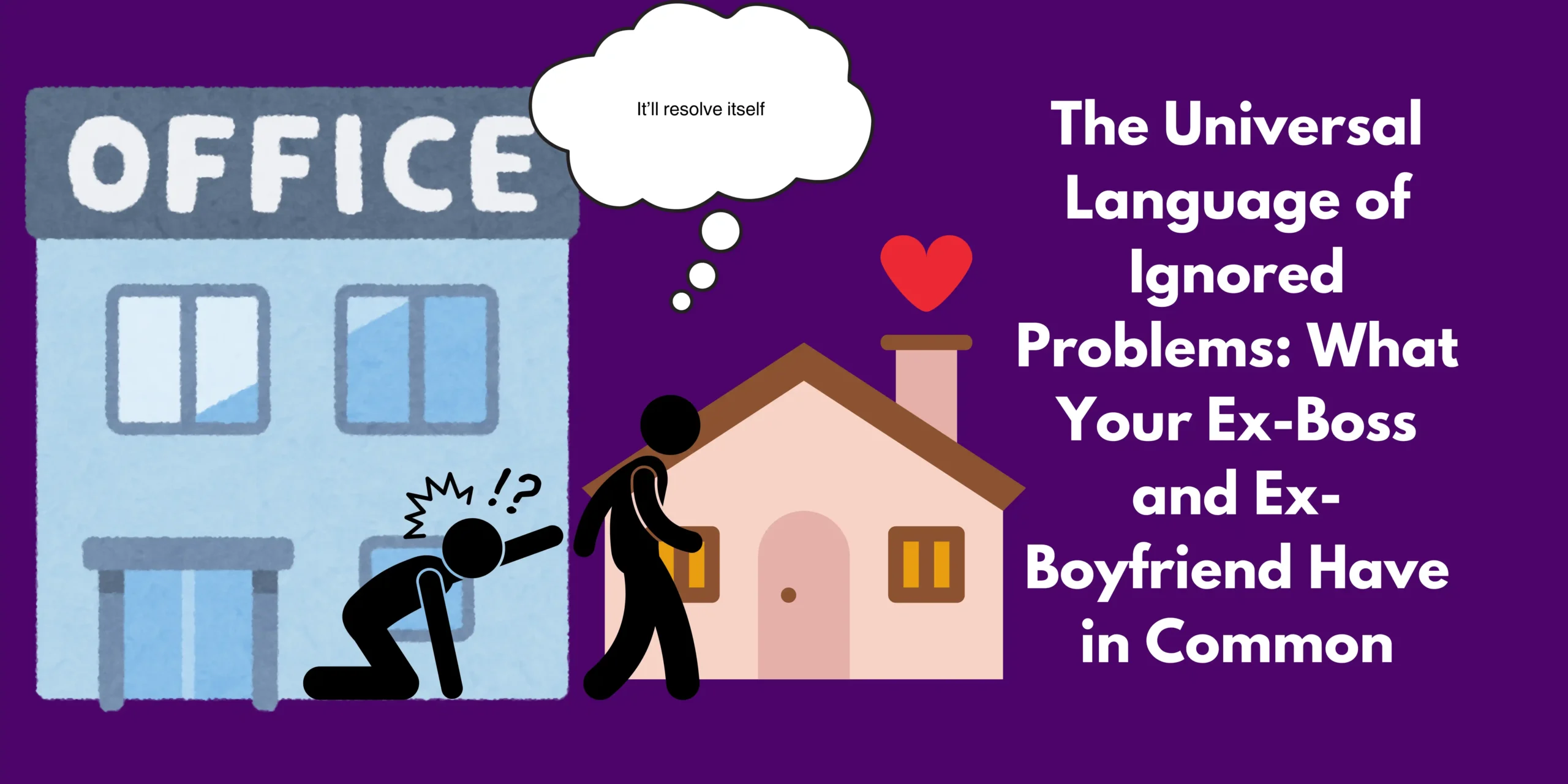Why We Won’t Have Psychological Safety Until We Understand Courage
2 years ago

Have you ever seen/heard an organizational statement, PowerPoint, or even a video where you heard the corporate buzzwords “impact,” “synergy,” and something about “trailblazing” something in the future? I call it the Magic 8 Ball of corporate jargon. And what does it tell me? This person has nothing new to say, and likely has no idea how to resolve the issue…but they won’t say that.
I fear “psychological safety” has been added to this Magic 8 Ball. I frequently see major firms publish white papers on how important psychological safety is…when I also know those same firms have credible reputations for burnout and high turnover.
In 2023, the APA found that while 92% of workers say psychological well-being is important to them, 55% of workers say their employer thinks the work environment is much healthier than it actually is. And this makes sense! Because an unwritten rule in higher-income workplaces is to show compliance, defer to authority, and not speak your mind. Tl;dr, if you’re the boss, nobody’s telling you they’re not feeling psychologically safe because they’re trying to keep their jobs.
So what is psychological safety, how do you know if you have it, and what can you do to improve it?
Psychological safety is defined as the safety for someone to disagree, raise concerns, contribute ideas, and share new perspectives without penalty…which is the opposite of the unwritten rule to defer to authority and not speak your mind.
I’ve said it before and I’ll keep saying it again and again….culture is not an iceberg, it is the water the fish swim in and the air we navigate daily.

The culture as water, not an iceberg, framework.
If your workplace culture upholds unwritten rules of compliance and indirect communication…it cannot be psychologically safe.
Organizations that do not truly have psychological safety are working against themselves, as it is well-established that there are many organizational benefits. Organizations that prioritize idea sharing tend to be more innovative and thus more profitable. More ideas are brought to the table when the workforce is diverse, which also yields higher financial returns. Companies with psychological safety also have healthier work cultures. During the Great Resignation, these companies survived with lower-than-average attrition rates. On the contrary, toxic work cultures predicted turnover 10.4 times more than compensation did. If your water is toxic, the fish can’t swim, no matter how many times you tell them that the water is clean.
Toxic culture takes a while to change. You can’t just pour chocolate milk in poisonous water and think it’s all going to be okay. You have to remove the poison. In her book, We Can’t Talk About That At Work, Mary Frances-Winters shares four leadership characteristics for psychological safety: 1. Accountability, 2. Courage, 3. Humility, and 4. Empowerment.
This stood out to me because in my keynote talk, I speak about stepping out of the Cycle of Fear and choosing the Cycle of Courage, and I specify the Courage to be Held Accountable, the humility required to overcome the Fear of Being Wrong, and how choosing the Courage to Recognize Your Power helps empower others. And I speak about this because, in American culture, we so rarely associate courage with humility, accountability, and empowerment.
Throughout these past four years of “Zoom world,” I’ve frequently been told by people I meet in person, “You’re not as tall as I expected.” I am 5’5″, average height for a woman. So this always surprises me. I expressed my confusion at this frequent statement to a friend and former colleague, and he said, “Because people associate size with power.”
And first of all, thank you:
Second of all, it got me thinking about how much our world is set up to associate size with success and power, instead of courage and humility, and how much of an issue this is. On average, CEOs are tall, even for men. Lately, male politicians have been called out for wearing heels because in our culture men are shamed for wearing heels. But there are real consequences to violating our stereotypes of strength, as research has identified that taller candidates usually win. This is not new behavior. Former President Franklin D. Roosevelt hid his disability on the campaign trail because he knew it would impact people’s perceptions of his ability to lead (isn’t that so terribly sad?). When we think of leadership, we think of size and physical strength, which ostracizes people with smaller and/or disabled bodies. But it also means we’re missing the point in general.
Courage is not determined by our size or physical ability. We forget a critical component of courage…to have courage, you must also be afraid. If something doesn’t scare you, it’s not courageous. And for many of us, we are afraid of being wrong. We are afraid of conflict. And we are afraid to not be perceived as powerful.
I truly believe these fears are why many organizations have the unwritten rule that workers should stay silent, speak indirectly and sugarcoat words, and defer to authority instead of providing honest feedback. Unfortunately, these are the unwritten rules that keep people from sharing new ideas, respectfully disagreeing, and sharing a new perspective (components of psychological safety). To foster psychological safety we must remember what courage actually means.
So how can you practice the courage to be psychologically safe?
- Stop beating around the bush. Communication may be considered a “soft skill” but it is the vital glue that holds an organization together. Ain’t no “hard skills” getting done correctly if it’s not communicated when and how they must be done. You can be both direct and polite. “Polite” and “respectful” behaviors vary by culture, so talk the the team you lead. What makes them feel heard? Respected? What do they perceive as polite?
- To have this conversation, you’re going to have to unpack your ego here. What makes you feel safe when someone is disagreeing with you? How can you communicate this to the people you serve?
- Develop a culture of accepting mistakes and taking accountability. When you assign new tasks, be clear about what you expect and when, and then hold the delegate to it. However, if someone makes a mistake, ask questions. Learn what went wrong. Coach them on how to do better. Whenever possible, do NOT fix it yourself. If our parents never let us fall when we toddled, we would have never learned to walk. Correcting our mistakes is how we learn not to make them. Let them correct the behavior, and don’t necessarily deprive them of future opportunities (in most cases). And for the love of god, don’t axe somebody entirely for one small mistake. Firing first offenders (short of major ethical issues), is often more reflective of your leadership skills, not the employee’s ability. Give your people the benefit of the doubt, and they will do the same when you make mistakes (which, by the way, is inevitable).
- Be accountable for what you can do, not what you can’t do. I see many middle managers and directors react to employee concerns with “Well I didn’t decide this, the CEO did.” Or “Leadership did xyz.” That is likely true. But what CAN you do? And what did you do when leadership was making this decision? Did you privately and transparently share feedback from the people you supervise? Or did you smile and nod while you deferred? Did you propose alternatives? What can you do for your followers to help them adjust to this change that neither of you have control over?
- Remove “That’s the Way it Is” from your vocabulary. It’s more than a lazy cop-out, it’s destructive to new ideas. For your workers to have the psychological safety to bring you new ideas, they need to know you’ll join them in idea sharing. Replace “That’s the way it is” with “How can we make this work?” Rules, both written and unwritten, must be questioned and adjusted to continue with progress. By definition, to be a leader, you have to be the first to do something. Don’t wait for someone else to figure out the path (if they do). Put that “trailblazer” jargon to use and brainstorm with your employees.
Oh, and if you want to see someone roast themselves as an example of this, you should definitely book me to speak.
More blogs
Book Retreat Hiatus
Book Retreat Hiatus Social Class 3 semanas ago When the universe is ready for you, it’ll knock you onto your […]
Why are white women the “men of women”?
Why are white women the “men of women”? Social Class 3 months ago Last month I talked about how economic […]
Is inequality really about social class, not race?
Is inequality really about social class, not race? Social Class 3 semanas ago Class has been at the center of […]
The Universal Language of Ignored Problems: What Your Ex-Boss and Ex-Boyfriend Have in Common
The Universal Language of Ignored Problems: What Your Ex-Boss and Ex-Boyfriend Have in Common Social Class 5 hours ago “Why […]
Tips for Navigating Polarization at Work – From Independence Day to Election Day
Tips for Navigating Polarization at Work – From Independence Day to Election Day Social Class 5 hours ago Growing up, […]
Unlearning Homophobia, Learning Inclusion: A Leader’s Journey Toward a More Equitable Workplace
Unlearning Homophobia, Learning Inclusion: A Leader’s Journey Toward a More Equitable Workplace Social Class 5 hours ago It’s Pride Month, […]
How AI Can Help You Be a More Culturally-Competent Leader
How AI Can Help You Be a More Culturally-Competent Leader Social Class 3 months ago “If you walked into an […]
Is AI Going to Close Our Gender Gaps?
Is AI Going to Close Our Gender Gaps? Social Class 5 hours ago Recently, I was having lunch with a […]
Why We Won’t Have Psychological Safety Until We Understand Courage
Why We Won’t Have Psychological Safety Until We Understand Courage Social Class 5 hours ago Have you ever seen/heard an […]








